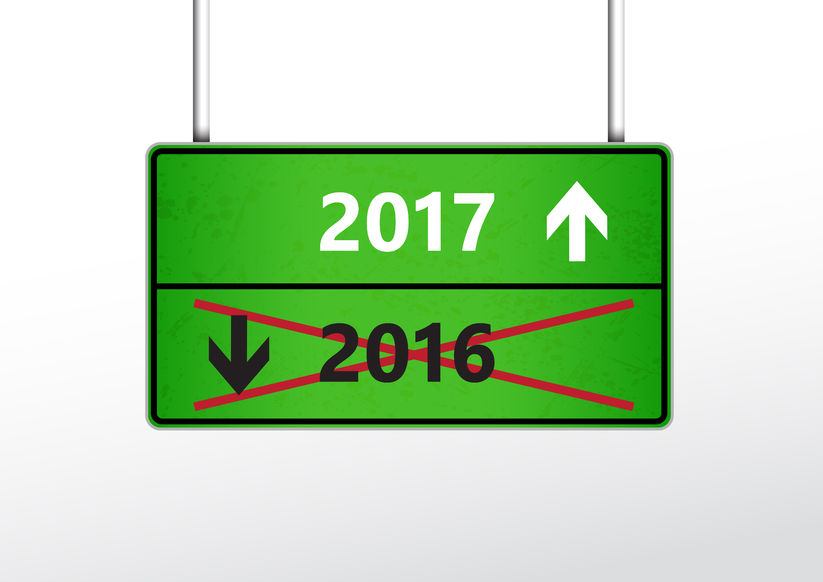
[cs_content][cs_section parallax="false" style="margin: 0px;padding: 45px 0px;"][cs_row inner_container="true" marginless_columns="false" style="margin: 0px auto;padding: 0px;"][cs_column fade="false" fade_animation="in" fade_animation_offset="45px" fade_duration="750" type="1/1" style="padding: 0px;"][cs_text]Diet fads, useless promises that you will workout more and a costly gym membership all tend to be re-done every year. This you in 2017 should you look to have a safe 2017, for you, for your family, and your workplace.
Here are a few ideas of best practices in having a safe new year.[/cs_text][x_custom_headline level="h2" looks_like="h3" accent="false"]Always having Personal Protective Equipment [/x_custom_headline][cs_text]When a medical emergency happens, you can be exposed to possible infectious bodily fluids. That is why having personal protective equipment (PPE) will reduce the chance of infection. One of the most common protective devices is clinical gloves. The use of vinyl gloves are commonly used to prevent latex allergies.
A common problem most people have about gloves is not having them when an emergency happens. Here are a few ways options you can do to make sure we have gloves when you need them.[/cs_text][cs_text]
[/cs_text][cs_text]If you by chance have an emergency that requires you to give breaths, such as CPR it helps to have a barrier device. The easiest one is the key chain face barrier. Some of these face barriers have gloves with them to have on hand. Another great barrier device is the simple face mask. These devices are great for your first aid kits. They come with a one-way valve for giving breaths and a pair of gloves. This is the best device to have for giving breaths.[/cs_text][x_custom_headline level="h2" looks_like="h3" accent="false"]Keep your family Safe with an Emergency Action Plan (EAP)[/x_custom_headline][cs_text]The emergency experts at ready.gov offer a number of downloadable communication plans to help you get your family members the information they need to stay safe and stay together during an emergency.[/cs_text][cs_text]Along with plan templates, they suggest taking the following actions.[/cs_text][cs_text]
[/cs_text][x_custom_headline level="h2" looks_like="h3" accent="false"]Renewal Your Commitment to Safety in the Workplace.[/x_custom_headline][cs_text]For most of us, our exposure to safety training and topics comes through our workplace. But that training only works when we apply it in our daily tasks. This month, take a moment to revisit the tools and resources available to keep yourself safe when on the clock throughout the year.[/cs_text][cs_text]
[/cs_text][cs_text]To make sure you are able to complete this new years resolution The Beating Heart Center is here to meet all your needs. We are now able to provide all your safety training from CPR to industrial safety. We now sale AEDs and we can help maintain your current AEDs to make sure they function when it counts. The Beating Heart Center's new years resolution is to make sure you are able to have a safe 2017.[/cs_text][/cs_column][/cs_row][/cs_section][/cs_content]